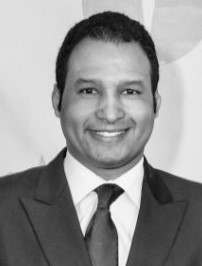Bono Praises Passage Of Critical Autism Legislation
WASHINGTON, D.C. – As a long-standing advocate and supporter of the autism community, Congresswoman Mary Bono (CA-45) applauded today the passage of the Combating Autism Act of 2006, S. 843. A product of more than two years of development, the Combating Autism Act of 2006, which was introduced by Senator Rick Santorum (R-PA), is regarded by the autism community as a monumental piece of legislation that provides an historic level of support for research to identify the cause of autism.
“The passage of this critical piece of legislation is the first major step towards combating autism. The task that lies before us requires the continued involvement and support from advocates and the many autism groups who banded together in an unprecedented manner to create a singular voice that resonated with Congress,” said Bono.
On May 18, 2005, with 247 Co-Sponsors, Congresswoman Mary Bono introduced in the House of Representatives the Combating Autism Act of 2005, H.R. 2421. This legislation, similar to S. 843, was designed to amend the Public Health Service Act to combat autism through research, screening, intervention and education.
“As the 109th Congress comes to a close, I am proud that we have seized this historic opportunity to enact legislation that could significantly affect the lives of the 1 in 166 individuals who are diagnosed with autism; and the parents, siblings, extended family and other caregivers who provide unwavering support,” stated Bono. “With 1.5 million cases of autism in the United State alone, this epidemic is finally beginning to receive the level of federal attention and assistance is rightly deserves.”
The Combating Autism Act of 2006 sets forth a list of research areas to be included in the National Institute of Health autism spectrum disorder initiatives, including research into possible environmental causes of autism. In addition, the authorization of $945 million over fiscal years 2007 to 2001 will assist in promoting early screening of those at higher risk for autism, increase the number of health care professionals able to diagnose autism, increase the number of professional offering treatments for autism, and promote the use of evidence-based interventions for those at higher risk for autism.

























